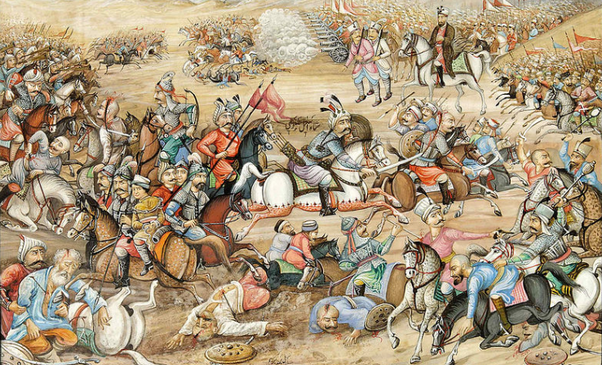An Introduction to The Politics of Environment


Since the 1960’s the environment has been a hot topic. Ecological footprint is one measure about the state of the environment which is the amount of nature it takes to sustain a population over the course of a year. It affects the biocapacity of the world and natural resources. In 2015 with the Paris Agreement, it was concluded that the temperature levels were 2.0 C above the preindustrial levels. Ideas like ecologism which encourage radical changes in society were spread then. It is widely discussed that nature’s value separate from human needs is prominent. Human arrogance toward nature is rooted in Anthropocentrism. Green politics mainly follow the idea of ecological responsibility or sustainability. Unnecessary consumption in areas of advertising, fashion industry and food market are the artificial wants in a consumer society. Participatory democracy comes in handy for most of the greens. Hierarchy, bureaucracy and individualism are the basic tenets of liberal democracy and do not give any space for the citizens to be active in the public sphere. Taking power back from the central to the periphery, encouraging residents and communities to flourish and abolishing the power relations among the managers and workers seems to be the most useful way. Human autonomy is the central goal in participatory democracies. However, there are various views on the ecological debate. For instance, Conservatism supports the belief that human nature is fixed and cannot be changed. Whereas survivalists prefer strong government control and authoritative measures. Socialists support the idea that economic growth is a must, and the ongoing capitalist system is to be blamed for the ecological crisis. Seeking profit and destructive market pressure and technologies are the ills of the system. Difference feminists assert that care, kindness and compassion are the values needed to be promoted in a green society. Abolishing patriarchy is one solution to the problems. There are other issues endangering the whole ecosystem like plastic pollution, air pollution and climate change. US and China are the biggest plastic polluters in the whole world. Plastic in the ocean is affecting marine life and animals. There are plastics found in whales’ bodies. Many plastics liter water ways. Recycling was meant to be the solution to plastic pollution. However, things are not the way they are meant to be. For instance, mixed plastics go into the landfill. Also, supermarkets have the logo of 100 percent recyclable, but they require laboratory work which is not usually done. During 1970’s Earth Day was a big mass movement and it evolved America’s environmental concern to some extent. With the help of advertising, they raised concern. Many of America’s plastic dumps are sent to countries like China and Indonesia. They burn plastic waste and cause people to have respiratory problems. Bans and regulations were made for tackling plastic pollution. In 2002, Bangladesh was the first to ban single use plastics. There are alternatives to regular plastics like biodegradable plastics, compostable plastics or bio-based plastics. The EU aims to ban all single use plastic by 2030. Countries like Turkey made an implication on plastic bags by making them priced. However, a lot of public awareness projects must be done. Because personal usage of plastic is relatively high. Carrying coffee bottles instead of using the ready-mades, recycling home products, buying biodegradable products, joining NGOs to spread the word could be of use. Industries must uprate their system of production. Implementing policies for a green work ethic is a must.







